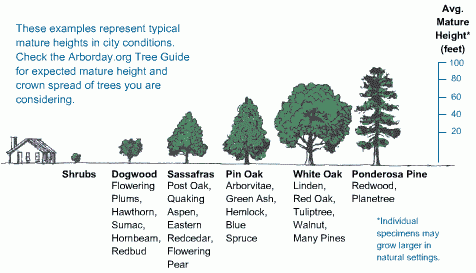Not possible. You can't get there by "updating" the fantasy described in post 82, and you can't extricate yourself from the sewer you have been defending as your worldview in a couple of days of careless screwing around on this forum.Update to your True Position noted.
You are beginning from a fictional worldview built from your own assumptions, a ridiculous fantasy you allowed others to shit into your brain for years, and which you have maintained (for example) over dozens of exposures to my actual posts over years of forum posting. You would get nowhere by "updating" post 82 here, even if you tried - the nonsense you described as "oft stated" by me was oft stated by you, your fellow Tribe, and no one else, for starters; it has never been stated - not even once, let alone "oft"- by me. You would have to discard that and every similar falsehood completely, not "update" them, and you have yet to attempt anything like that.
"Updating" is useless - you would have to start over, such as by realizing that I have never posted anything even remotely resembling your idiotic description in post 82. Never. There is nothing there to "update". You haven't realized even that yet, and it would be just the beginning.
It's like emerging from a cult religion - not easy, not quick, not something most people can do on their own.
Example: You posted a potential starting point for that basic and fundamental alteration of your world view, a way to approach the deconstruction of your adolescent fantasy and its replacement by reasoning from evidence, right here in this thread:
and you didn't even notice. The fact that you posted it obliviously, not in recognition of its bizarrely and multiply counterfactual nature, not even acknowledging its repetition of what I had just denigrated and mocked and contradicted, without even a nod to the immediate prior observation that such parroting lacked the reasoning from evidence whose absence has been so destructive and debasing to you and your Tribe, essentially demonstrates the hopelessness of any self-rescue attempts by you or your Tribe. If you can't read your own posts with comprehension and recognition of implication, how can you hope to read anyone else's?My awful confusion must have originated from your very frequent Reps = Right = Bad polemics, which suggested a political opposite existed.
Which brings us around once again to the thread topic, a near-unique feature of my posting here and in many such places: the current point on the table is that CO2 growth boosting and tree planting is unlikely to work the way the OP attempts to hint it will. The OP presents findings from short term experiments and research under controlled conditions; other research into plant response to AGW (including the CO2 fertilization effect) seems to show that the benefits are more often small and temporary and dependent on careful, sophisticated, costly husbandry not found in natural environments or even standard First World agricultural circumstances, while the costs are large and long term and self-maintaining without human intervention. The Cedar Creek (Minnesota) research station results, for example, seem to show that the initial tree growth spurt from CO2 boosting in temperate zone woodlands turns into a variety of growth and productivity reductions soon after the end of the time period covered by the research graphed in the OP - when I read the OP here my initial suspicion was that the research behind it had been set up, scaled, and cut off as it was on purpose, a common type of deception employed by AGW propagandists over the years (for deceiving people about satellite temperature records, atmospheric temperature and precipitation trends, sea level rise, ice melt, desertification, several matters involving El Ninos, etc). But a second look stayed that conclusion - it could be innocent or self-deceived, given its academic context. The great American tradition of land grant universities focused on agriculture has been corrupted, but by naivety (including funding cuts and policies) as much as by scheme imho.
Last edited:










